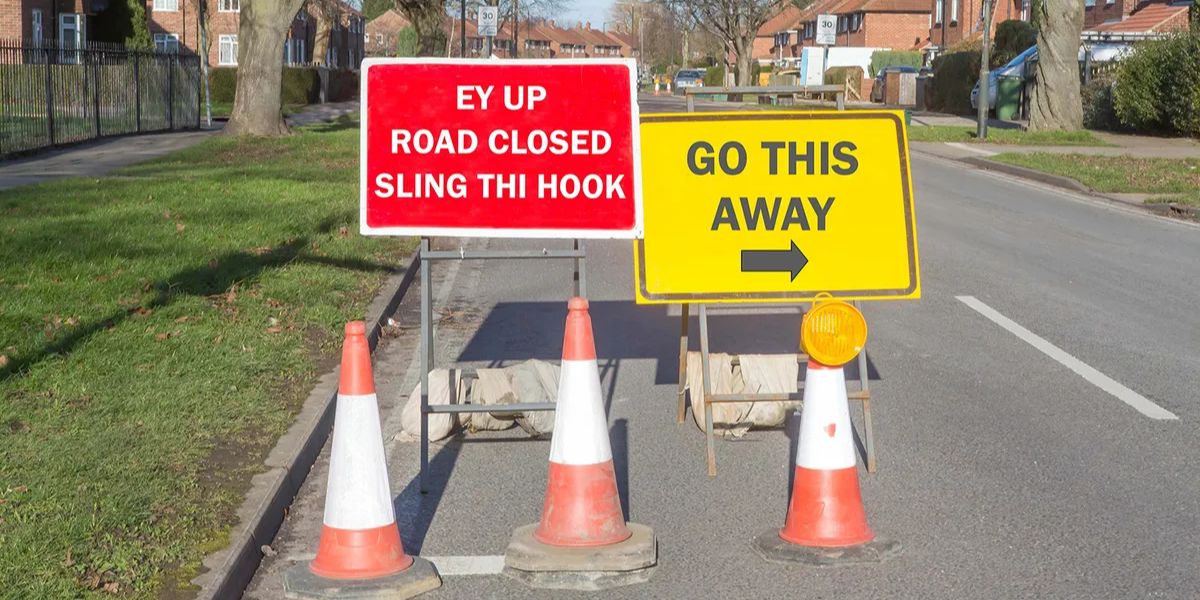MJP –
While California is known for its stunning landscapes, world-famous attractions, and laid-back vibe, not all of its cities reflect the sunshine and smiles the state is famous for. In a recent national ranking of America’s “most unfriendly cities,” two California hotspots have made the list, sparking conversation and concern about the state of hospitality in some of its urban centers.
The list, compiled by Business Insider based on surveys of residents, visitors, and online reviews, ranks cities according to factors such as local attitudes, customer service, and overall friendliness. It may come as a surprise that two of California’s most iconic destinations—San Francisco and Los Angeles—appear on the “unfriendly” list, known for a combination of their fast-paced environments, high cost of living, and sometimes aloof or impersonal interactions. Let’s take a closer look at why these two California cities earned this distinction and what it means for locals and visitors alike.
1. San Francisco: A City of Impersonal Encounters
San Francisco, known for its picturesque views of the Golden Gate Bridge, its bustling tech scene, and vibrant cultural heritage, has also earned a reputation for being one of the most unfriendly cities in America. It’s a designation that contrasts sharply with the city’s image as a hub for innovation and diversity, but the “unfriendly” ranking reflects the complex realities of urban life in this iconic Bay Area destination.
Why San Francisco?
Several factors contribute to San Francisco’s position on this list:
- High Cost of Living: The city’s notoriously high housing costs and general cost of living have led to significant stress among residents. This financial strain can impact people’s moods and attitudes, especially in a city where the cost of living has made it challenging for many long-time locals to remain.
- Busy, Fast-Paced Atmosphere: San Francisco’s rapid pace of life, fueled by its booming tech industry, can make interactions feel rushed or transactional. People are often focused on their personal or professional goals, which can result in a sense of impersonal exchanges or coldness in public settings.
- Homelessness Crisis: San Francisco has been facing a homelessness crisis for years, particularly in areas like the Tenderloin District. The visible disparity between the city’s wealth and its large homeless population can create tension and discomfort, contributing to the perception of an unwelcoming environment.
- Tourist Overload: As a top tourist destination, San Francisco also faces the issue of “tourist fatigue.” Locals may grow weary of the constant stream of visitors crowding popular spots like Fisherman’s Wharf or Union Square, which can sometimes affect how tourists are treated.
Despite its challenges, San Francisco has a resilient community, with many residents striving to balance the realities of urban living with the city’s rich cultural fabric. Still, the stress of living in one of the most expensive cities in the world can make the city feel less warm and more distant, particularly for newcomers or short-term visitors.

2. Los Angeles: The City of Angels—But Only if You Can Catch Their Attention
Los Angeles, the sprawling entertainment capital of the world, is another California city that landed on the Business Insider list of the most unfriendly cities. Known for its glitz, glamour, and celebrity culture, LA is a city where people often find themselves caught up in the pursuit of fame, fortune, and success. While the city offers endless opportunities for tourists and residents alike, its larger-than-life atmosphere can sometimes come across as indifferent or unfriendly.
Why Los Angeles?
Guerilla Tacos Earns Title of California’s Top Mexican Restaurant
Several key factors explain why LA earned a spot on the list:
- The Hollywood Effect: Los Angeles is home to Hollywood, and with that comes a heavy dose of ambition, competition, and the constant chase for success. For many residents, particularly those working in entertainment, the pressure to “make it big” can create a culture of self-interest, leaving little room for small talk or friendly interactions with strangers.
- Traffic and Time Pressure: LA is infamous for its traffic jams and long commutes, which often lead to a stressed-out populace. Residents are frequently on the go, whether heading to a meeting, a casting call, or a business lunch, and this time crunch can lead to less patience or warmth when interacting with others.
- Anonymity in a Big City: As the second-largest city in the U.S. by population, LA can sometimes feel impersonal. While the city has a strong sense of local pride in many neighborhoods, its sheer size means that it’s easy to feel like a small fish in a big pond. This can result in more anonymous, less neighborly interactions, especially in areas with higher transience or tourist traffic.
- Cultural Divide: LA is one of the most diverse cities in the world, but that diversity can sometimes lead to cultural clashes or a sense of separation between different communities. People may find themselves more isolated in a city that, despite its diversity, often emphasizes individualism over communal connection.
However, LA is also known for its thriving cultural scenes, beautiful weather, and strong sense of creativity. For those who take the time to get to know its neighborhoods and communities, LA can be incredibly welcoming. It’s just that, in a city so large and fast-moving, it can take a little more effort to break through the initial cool exterior.
What Contributes to California’s Unfriendly Cities?
Both San Francisco and Los Angeles are major metropolitan areas that face unique urban challenges. Here are some broader factors that contribute to the sense of “unfriendliness” in these cities:
- High Cost of Living: The escalating cost of housing and living has led to a growing sense of frustration among residents, contributing to an overall sense of alienation or lack of community. Many people are simply too focused on surviving or thriving financially to focus on building connections.
- Overcrowding and Overstimulation: Both cities experience high population density and are major tourist destinations. This creates a constant influx of visitors and newcomers, leading to overcrowded public spaces and a sometimes impersonal atmosphere. The hustle and bustle can make it difficult to engage with others or form meaningful interactions.
- Stress and Burnout: In both cities, residents often feel overwhelmed by the pressures of daily life—whether it’s long work hours, relentless traffic, or the need to keep up with the latest trends. This stress can affect their willingness to engage in friendly or social behavior with strangers.
- Cultural Norms of Individualism: While California is known for its progressive values and diverse communities, the state’s overall culture can sometimes lean toward individualism. In cities like LA, the focus on personal success and self-promotion can leave little room for communal kindness or open friendliness.
Conclusion: The Complex Nature of City Living
While both San Francisco and Los Angeles have earned their spots among America’s “most unfriendly” cities, it’s important to recognize that these rankings are based on perceptions and may not tell the whole story. Both cities have vibrant, welcoming communities, but the pressures of urban living, high costs, and transient populations can sometimes lead to less personal interaction and a sense of detachment.
For visitors, it’s essential to remember that what may seem like a cold or unfriendly city may simply be a product of the urban hustle. For residents, efforts to create stronger connections within neighborhoods, improve public services, and encourage more inclusive behaviors can help shift perceptions and foster a friendlier environment.
California’s diverse cities may not always be “warm” in the traditional sense, but with time and effort, newcomers and visitors alike can find the pockets of friendliness that make these places unique.




